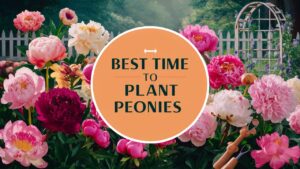As the sun beams down on your special day, you want everything to feel personal, meaningful, and beautiful. One way to achieve this is by incorporating wildflowers into your wedding decor. Whether you envision a rustic outdoor wedding or a charming garden celebration, wildflowers can offer a touch of whimsy and romance.
Growing your own wildflowers for your wedding not only saves money but also adds a unique touch that reflects your personality.
Let’s explore the journey of planting wildflowers for your wedding, ensuring you have a flourishing flower garden that will fill your special day with color, fragrance, and heartfelt memories.
Best Wildflowers for a Wedding
Choosing the right wildflowers is essential to achieving your vision and ensuring a vibrant display on your wedding day. Below are ten splendid options that are not only beautiful but also easy to grow and maintain.
Sunflowers
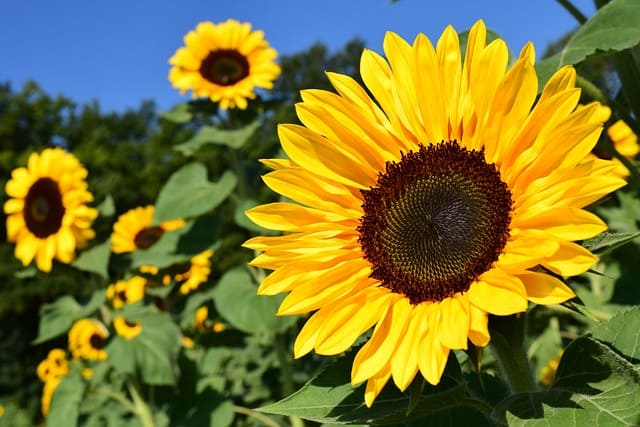
These tall, joyful blooms can bring a radiant cheer to any wedding. Their vivid yellow petals make them a favorite choice for both rustic and elegant themes. Plant sunflowers in full sun, and they will typically bloom late in summer.
Zinnias
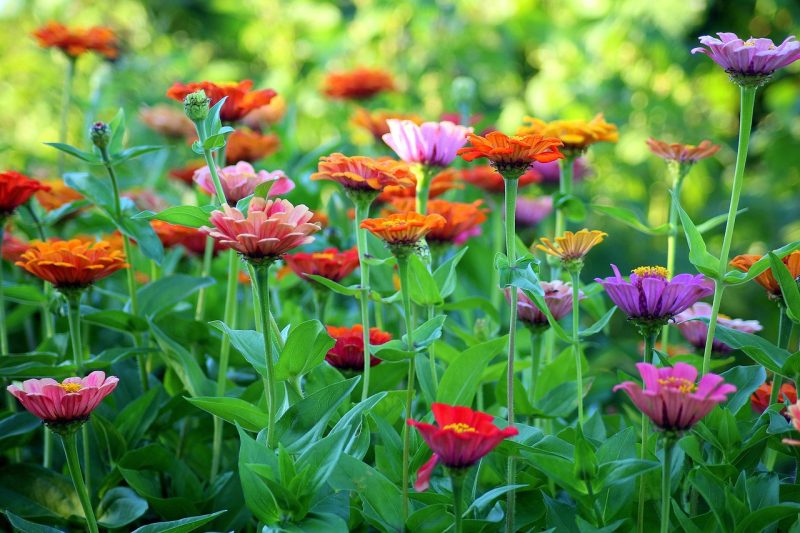
Zinnias are bright, cheerful flowers that are remarkably easy to grow from seed. Available in a variety of colors, they can fit almost any wedding color palette. They thrive in sunny conditions and can bloom from summer until the first frost.
Cornflowers
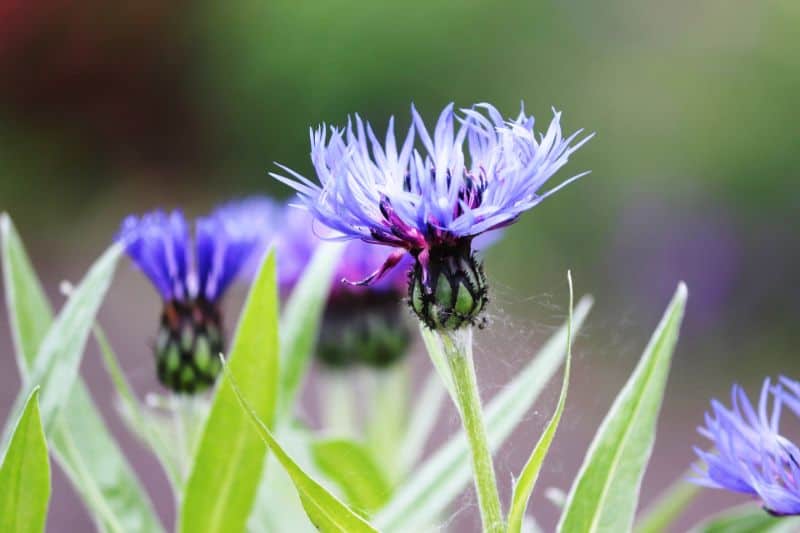
Known for their striking blue hue, cornflowers add an element of romance to your floral arrangements. They are hardy and can self-seed, making them a low-maintenance option for brides looking for a splash of color.
Black-eyed Susans
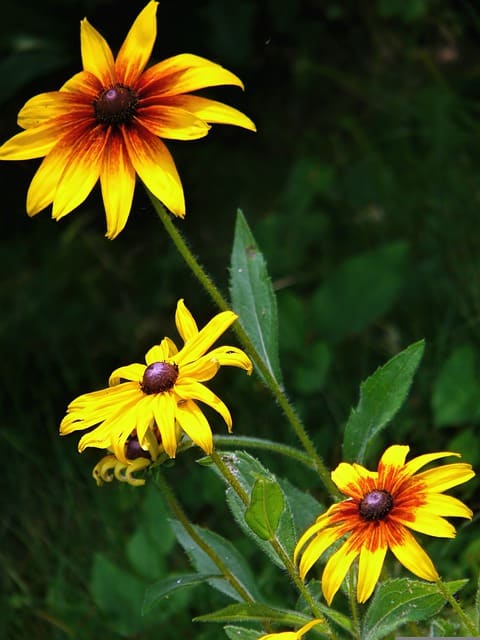
These golden-yellow flowers, with their dark centers, can create a delightful contrast in your floral displays. They are naturally resilient and attract pollinators, which can add life to your garden.
Cosmos
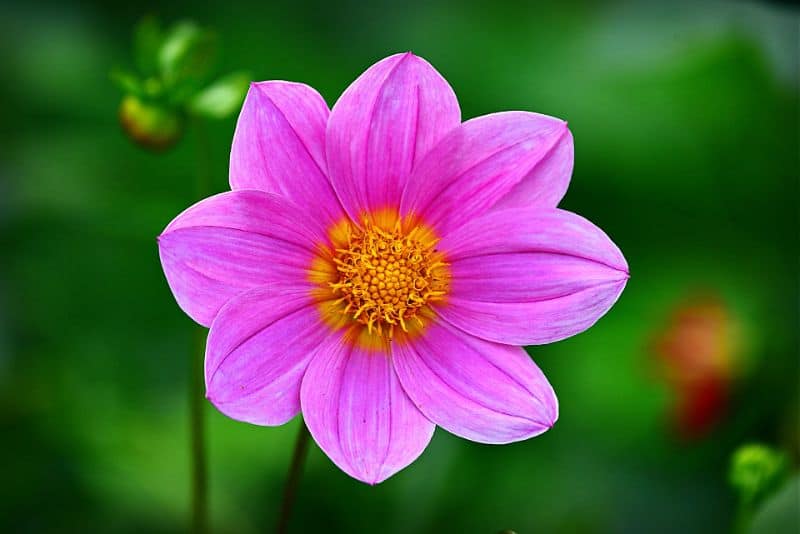
These delicate, feathery flowers radiate an effortless charm. Cosmos come in shades of pink, white, and purple, making them versatile for various wedding themes. They are also drought-resistant, which can ease your maintenance woes.
Poppies

Known for their stunning petals and vibrant colors, poppies can lend an air of elegance to your arrangements. Symbolizing peace and tranquility, they can work beautifully for romantic-themed weddings.
Lavender
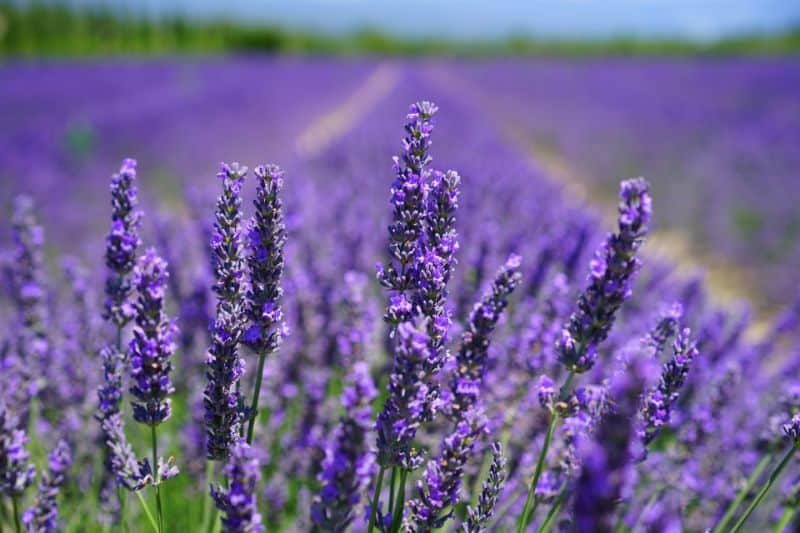
Not only does lavender offer a soothing scent and rustic aesthetic, but it’s also a perfect addition to any bouquet or centerpiece. Its purple flowers bloom throughout the summer, and its fragrance can help create a calming atmosphere on your special day.
Wildflower Mixes
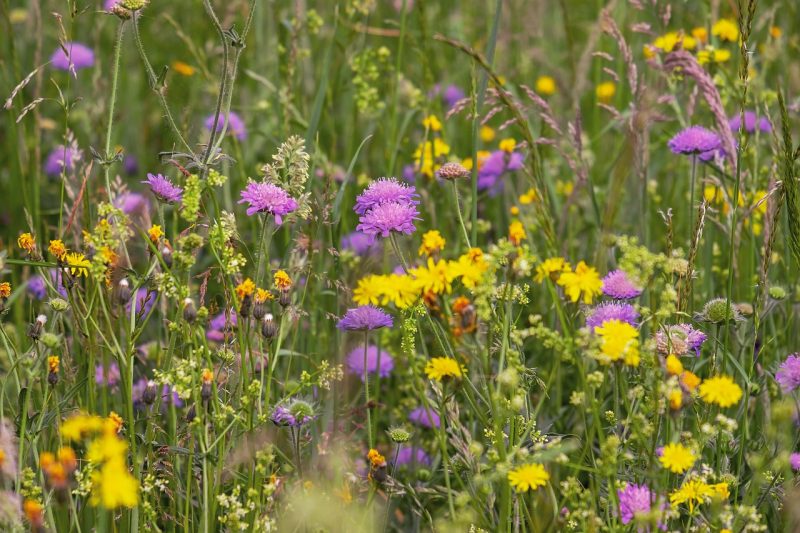
Consider purchasing or planting a wildflower mix—these pre-packaged seeds include various species that’ll blossom beautifully together. They help create a more natural look and can bring an array of colors and textures into your garden.
Pennycress

This lesser-known wildflower stands out with its round, leafy blossoms that create an understated elegance. Pennycress can add a unique touch to your wedding décor and is easy to grow.
Clary Sage
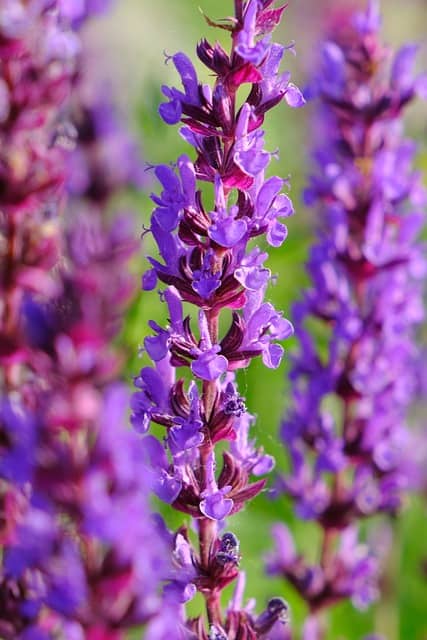
Clary sage blooms with delicate lilac flowers and offers a rustic charm that can be paired beautifully with other wildflowers. Additionally, its leaves have a soothing aroma that enhances the sensory experience of your wedding.
Tips for Growing Your Own Wedding Flowers
Start planning early

When it comes to growing wildflowers for your wedding, early planning is of utmost importance. Ideally, you should start planning at least six months to a year in advance. This timeline allows for ample preparation and gives your chosen flowers time to flourish.
Begin by researching the types of wildflowers that thrive in your local climate. Different species have varying growth and blooming seasons, so understanding your hardiness zone could make a significant difference in your wedding timeline. Additionally, consider how much space you have available and whether the area gets full sun or partial shade, as this will impact your flower choices.
Creating a timeline of when to plant seeds, care for young plants, and ultimately harvest them will help you stay organized and on track. Remember, patience is key; wildflowers take time to blossom.
Choose a space

Selecting the right space is crucial for the success of your wildflower garden. A site with ample sunlight and well-draining soil is ideal for most wildflower varieties. Investigate your available options—whether it’s your backyard, a friend’s garden, or a community space—and identify which location can be designated as your wildflower sanctuary.
Consider the landscape surrounding your chosen site. If there are tall trees that cast shadows or other plants that may compete for nutrients, these elements will affect your wildflower growth. Taking soil samples for testing may also help; wildflowers often thrive in less fertile soils.
If you are planning a larger wedding and need more flowers than your own plot can provide, think about collaborating with local farms or community gardens that specialize in wildflowers. Pooling resources can yield a more diverse and abundant selection.
Use succession planting

To ensure that your wildflowers bloom at just the right time for your wedding, utilize succession planting. This method involves sowing seeds at intervals throughout the growing season. Doing so can prevent all your flowers from blooming at once, extending the flowering period and providing you with ample blooms for your big day.
For example, stagger plantings of sunflower varieties. Plant some seeds in early spring, then again a few weeks later, ensuring that while the first batch might be peaking, the second wave will be ready just in time for your wedding. This technique not only helps you achieve more continuous blooms but also makes your garden more resilient to adverse weather conditions, increasing the chances of having beautiful flowers on your wedding day.
Ask for help
Growing wildflowers can be a labor of love, but that doesn’t mean you have to do it alone. Enlist friends and family to help. Not only is this a great way to bond, but having extra hands can speed up the planting and maintenance process significantly.
Consider establishing a flower-gathering party or a “planting day” where loved ones can come over, enjoy some refreshments, and help out in the garden. This collaborative spirit can infuse your wedding preparation with joy and excitement while fostering a sense of community.
Additionally, expert help from local garden centers or farmers can provide insight. Many of them are happy to share their expertise or can even assist you in choosing the best wildflower varieties for your area, ensuring you don’t run into unforeseen issues.
Prepare for pests
While the sight of wildflowers can be enchanting, they can also draw pests eager to invade your garden. Before you start planting, familiarize yourself with common pests in your area and anticipate potential infestations by taking preventive measures.
Consider using organic pest control methods, such as planting companion plants that ward off certain insects. For example, marigolds can help repel aphids and beetles. Regularly inspecting your plants for signs of pest activity can save you from larger problems down the line.
A necessary part of a peaceful garden is being prepared for possible pest issues. By being proactive and implementing a pest management strategy early on, you’ll help ensure that your wildflower garden remains healthy and beautiful leading up to your wedding day.
Time your flower harvest carefully
Successfully timing your flower harvest is crucial to guaranteeing that the blooms will be fresh and vibrant for your wedding. Generally, wildflowers should be harvested in the morning after the dew has evaporated but before the sun is too harsh. This timing helps preserve the integrity and quality of the flowers.
As your wedding date approaches, create a schedule for harvesting your flowers. If you planted multiple varieties that bloom at different times, make note of when each type reaches its peak. This preparation will help you ensure that you will have the right amount of flowers in bloom for your wedding day.
Once harvested, stand the stems in fresh water and keep them in a cool place until you are ready to use them for your arrangements. Without careful timing, a beautiful flower can wilt and lose its charm, so prioritize this task to keep your floral arrangements looking their best.
Have a backup plan
No matter how meticulously you plan, nature can be unpredictable—particularly in the lead-up to an outdoor wedding. From unexpected frosts to heavy rains, various weather conditions can impact your wildflower garden. Therefore, having a backup plan is imperative.
Consider planting a diverse range of wildflowers to minimize risk—if one species doesn’t bloom, others may. You could also cultivate flowers in different locations in case one garden struggles. Furthermore, keep a list of local florists who stock wildflowers or alternative floral options that can be ordered and delivered if you encounter issues with your homegrown blooms.
Ultimately, flexibility is critical. Communicate with your vendors about your vision, and ensure they understand the possibility of adjustments should something go awry. Having alternatives will help you navigate the challenges of nature without diminishing the beauty and significance of your wedding day.



